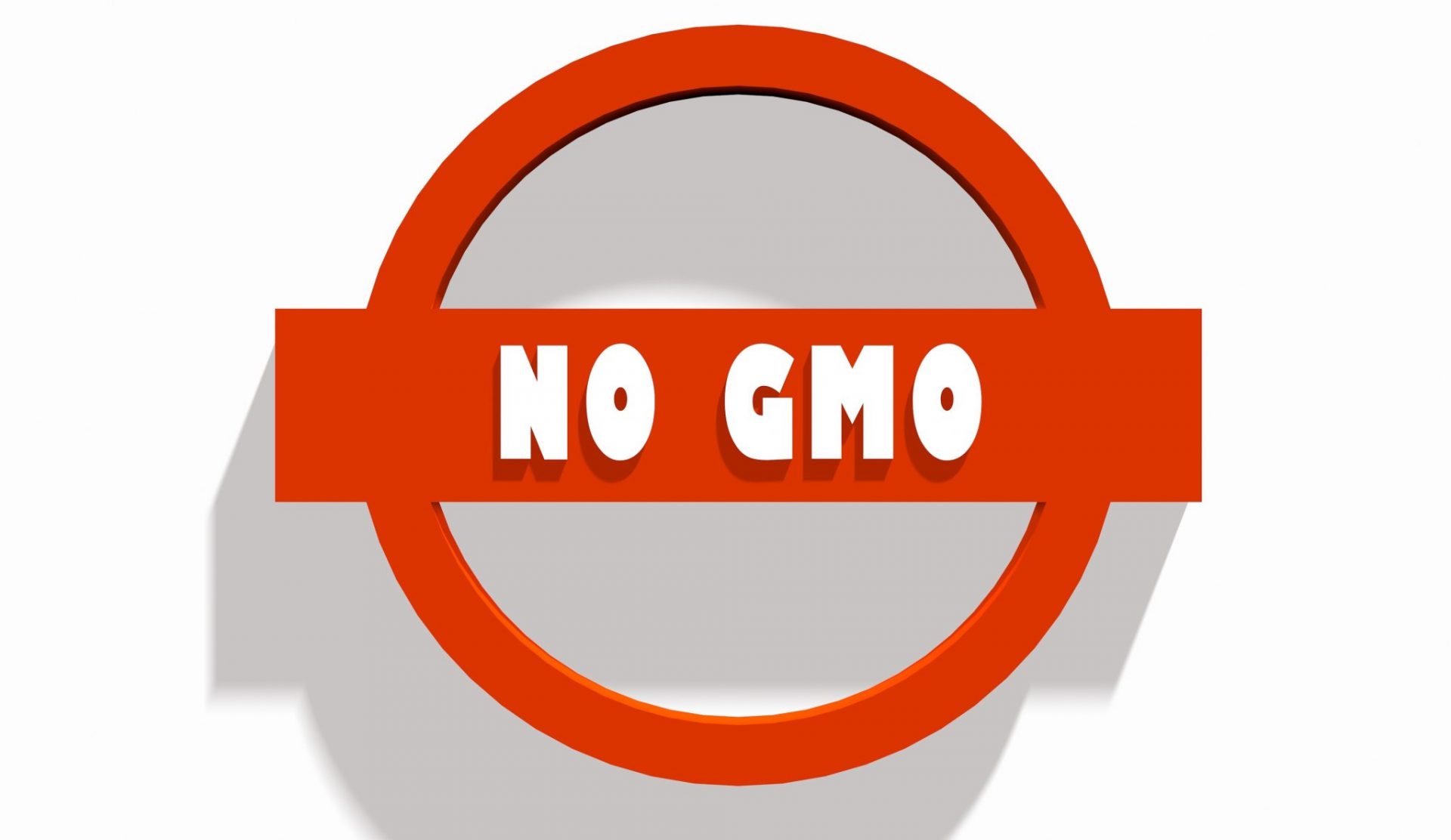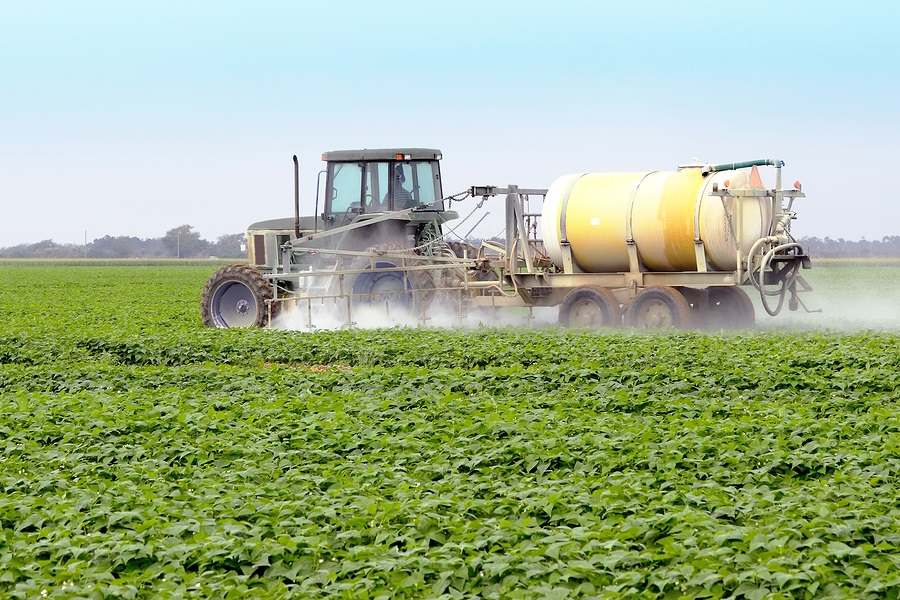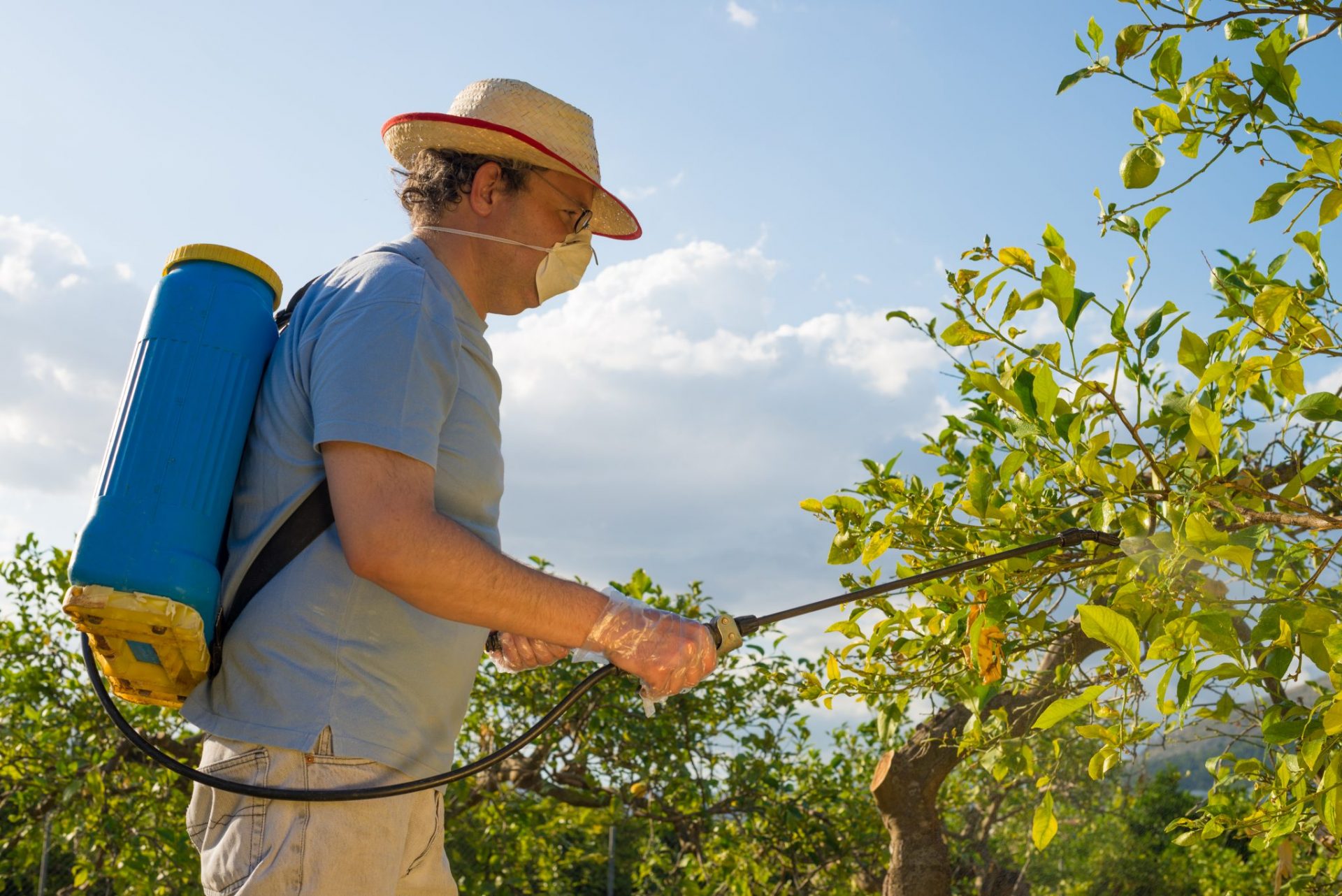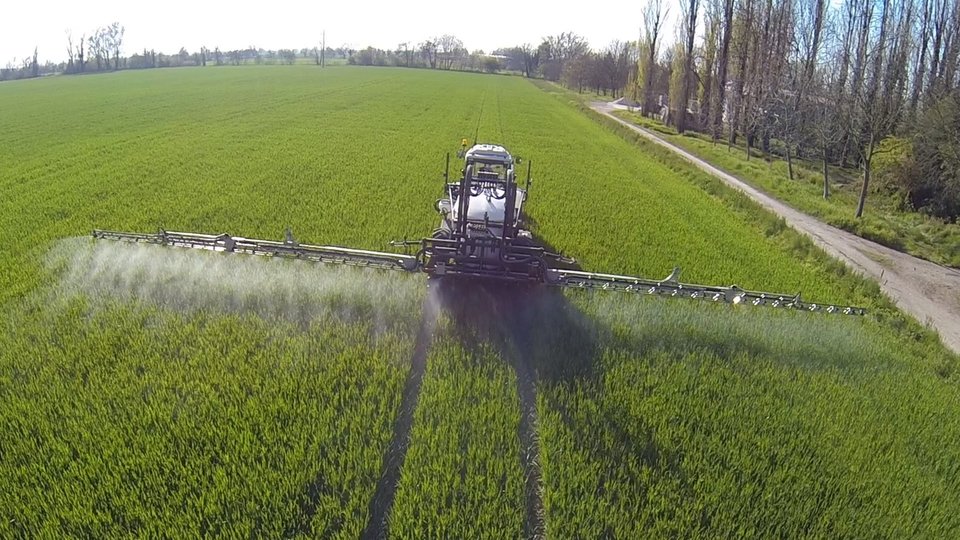Banana Boat sunscreen leaves 5 year old with first degree burns and terrible pain
(NaturalHealth365) With summer officially upon us, parents are understandably concerned with protecting their children’s skin from sunburn. But this natural parental urge to protect had a disastrous result for a five-year-old boy in Newport, South Wales – who suffered first-degree chemical burns and severe pain after his father slathered him with Banana Boat sunscreen before the child went outside to play.
And this is not the first time Banana Boat sunscreen has caused apparent chemical reactions in vulnerable children. Making matters worse, the U.S. Food and Drug Administration (FDA) does not review evidence of the potential hazards of sunscreens – many of which contain toxic chemicals.
Note: some of the most popular and trusted brands, including Banana Boat, Neutrogena and Coppertone, are the worst offenders – harboring multiple substances that have been shown to cause allergic reactions.
Banana Boat sunscreen effect: “Mummy, Daddy, I’m burning!”
According to a story published June 8 in the Daily Mail, the child’s father, Ashley Martin, applied Banana Boat Kids Tear-Free SPF 50 to his son, Oscar, before the child went outside to play.
Two hours later, the boy was in agony, screaming that his “skin was on fire” and crying “Mummy, Daddy, I’m burning!”
Although his parents tried to soothe his skin with cold showers and aloe vera, Oscar’s pain did not abate. The next day, the child’s skin developed numerous pus-filled blisters.
After initially being treated for sunburn, Oscar was rushed to the emergency room at Wythybush Hospital when his skin started peeling and his blisters burst. He was later admitted to a specialist burn unit, where he was treated for first-degree chemical burns.
Graphic pictures published in the Daily Mail showed reddened, blistered skin on the child’s shoulders and back – with skin peeling off in strips.
Two weeks after the incident, Oscar is still in severe pain – and is now afraid of going outside.
Because he was first treated for sunburn – and not promptly treated for chemical burns – doctors say he could be scarred for life.
Child-friendly appearance of the product gives no hint of the potential danger
The cheerful-looking yellow bottle of Banana Boat sunscreen used by Oscar’s father seems designed to gain the trust of even the most vigilant, conscientious parent.
The word “Kids” is printed in a colorful, appealing font, and the contents are described as a “sun protection lotion” that offers UVA/UVB protection. The phrases “pediatrician-tested” and “hypoallergenic” both appear prominently on the label, further inspiring confidence.
But this is not the first time Banana Boat sunscreen has been associated with chemical reactions in children in the U.K. The Daily Mail reports that two children in Hull, England, were left with serious burns after their mother applied Banana Boat UltraMist SPF 50.
A spokesman for Banana Boat said the company is “greatly concerned when anyone… encounters a reaction when using our products.” He defended the product as being tested by “qualified independent laboratories using the mandatory… testing methods and formal quality reviews.”
But Oscar’s parents say the company has ignored their complaint – and they are publically urging other parents not to buy or use Banana Boat products.
Warning: Chemical filters in sunscreens can cause allergies, disrupt hormones
Sunscreens exist in two basic varieties – those that contain chemical filters against UV rays and those that utilize mineral filters.
Common chemical filters used in commercial sunscreens include oxybenzone, octinoxate, avobenzene, homosalate and octocrylene.
Mineral filters – which are simpler affairs – come in only two types: titanium dioxide and zinc oxide.
While mineral sunscreens create a protective sun-shielding layer on the skin, they don’t penetrate the skin. Chemical filters, on the other hand, are absorbed through the skin, with potentially dangerous results.
According to the Environmental Working Group, which rates sunscreens for safety every year, oxybenzone – used in almost 65 percent of the non-mineral sunscreens in their database – has the highest potential for adverse effects.
Studies reveal oxybenzone harm
Numerous studies have shown that oxybenzone can cause dangerous allergic skin reactions. And laboratory studies have identified it as a “weak estrogen” which can cause disruption of sex hormones.
In one study, researchers found that adolescent boys with higher oxybenzone measurements had significantly lower testosterone levels.
Another study showed that women with higher oxybenzone levels who were gestating male babies had shorter pregnancies, while yet another showed that oxybenzone was associated with altered birth weights.
In a 2010 Swiss study, researchers found that oxybenzone – along with four other chemical sunscreen filters – could be detected in breast milk, indicating that developing fetuses and newborn infants could be affected. The same study found that at least one sunscreen chemical was present in a shocking 85 percent of the milk samples collected.
Finally, oxybenzone exposure in females is associated with an increased risk of endometriosis.
(Other sunscreen chemicals aren’t “off the hook” when it comes to adverse effects. The EWG reports that homosalate disrupts estrogen, androgen and progesterone — while high rates of skin allergy are reported with octocrylene. And octinoxate can cause alterations in the reproductive system and thyroid).
Natural health experts warn that inactive ingredients are cause for concern as well.
PABA can cause photosensitivity, and retinyl palmitate can speed the development of skin tumors when applied to the skin in the presence of sunlight. Parabens can cause allergic reactions and hormone disruption.
According to EWG’s “Hall of Shame,” the “worst” (most toxic) sunscreens currently on the market include those made by Banana Boat, Coppertone, CVS, Neutrogena, NO-AD and Ocean Potion.
Bypass chemical sunscreens for less-toxic mineral products
Natural health experts advise choosing products that contain only zinc oxide or titanium oxide – preferably in non-nano-particle form – as active ingredients.
Products should be free of PABAs, parabens and retinyl palmitate.
(And: it’s always best to opt for sunscreens that contain skin-nourishing natural plant extracts, such as aloe vera or shea butter. Coconut oil – which allows the sun’s beneficial rays to come through while providing some UV protection – is also an excellent supplementary ingredient).
Good non-toxic sunscreens include those made by Beauty by Earth, Think Baby and Badger.
Incidentally, Banana Boat Kids Tear-Free Sunscreen’s contains not one, but five, chemical filters (homosalate, octinoxate, octisalate, avobenzone and octocrylene). In light of the terrible chemical burns suffered by Oscar Martin, isn’t it ironic that this toxic cocktail is billed as “Tear-Free?”
Sources for this article include:










